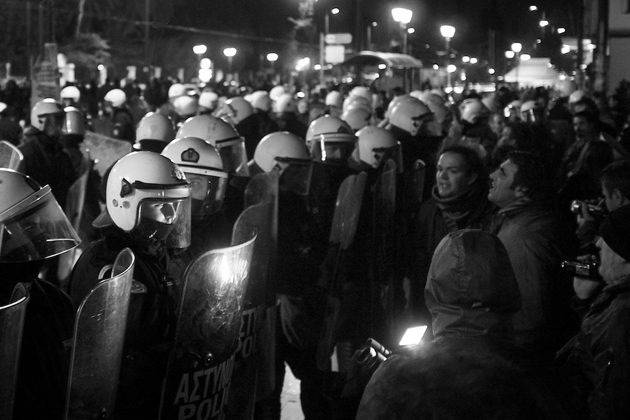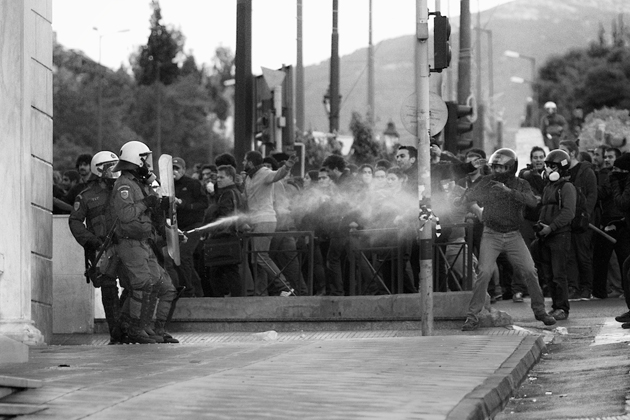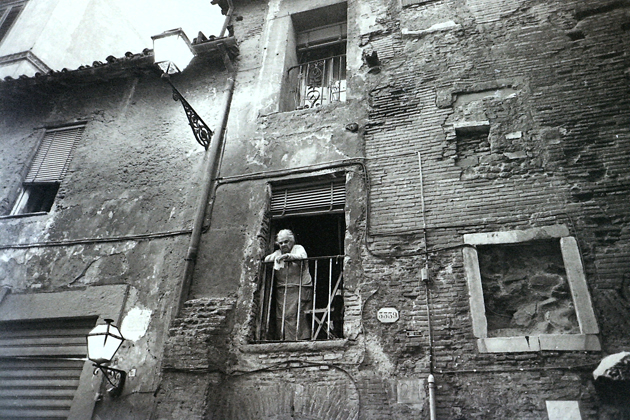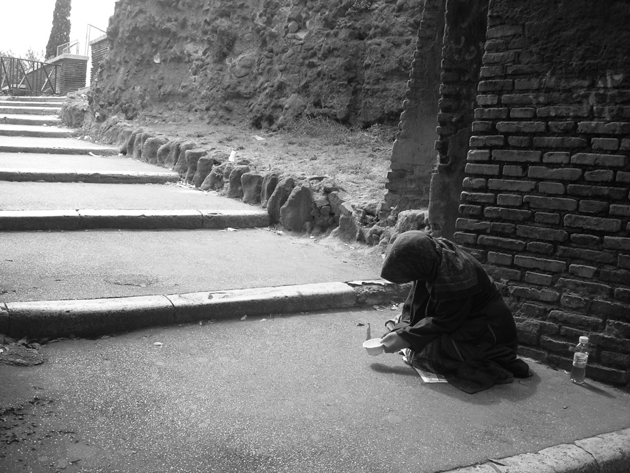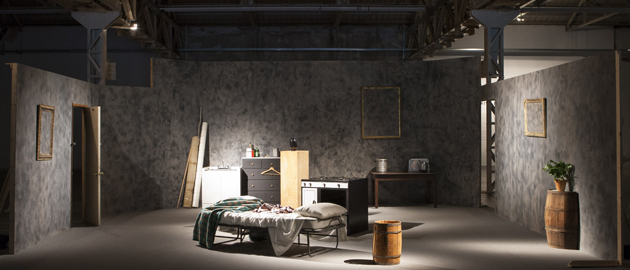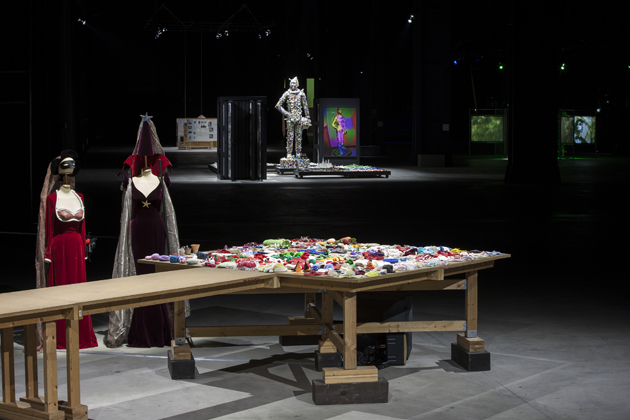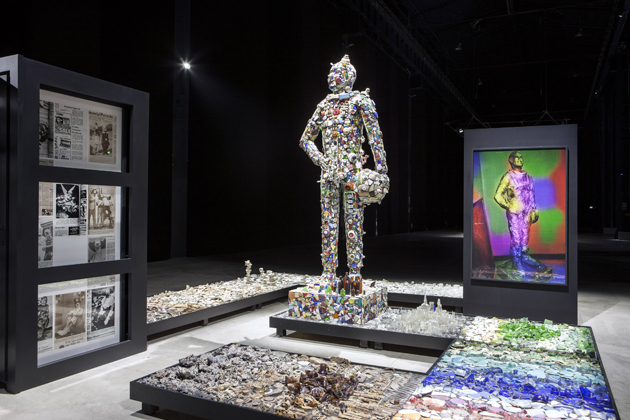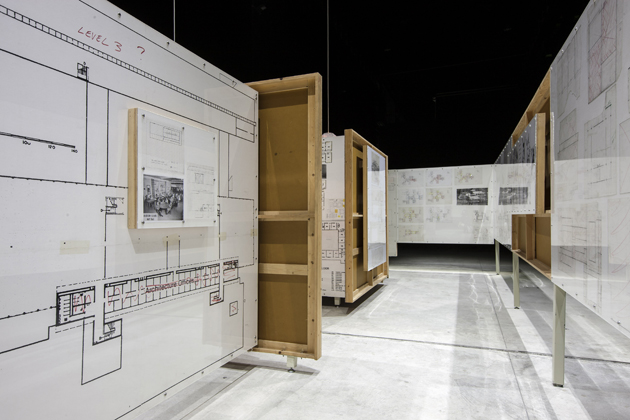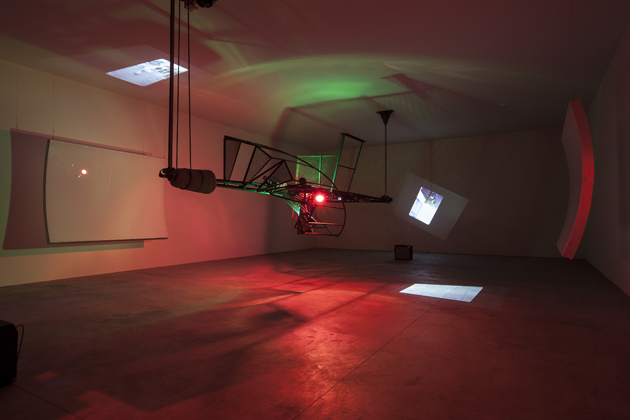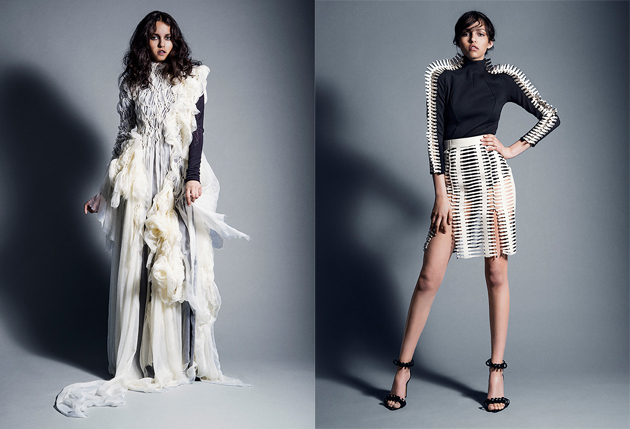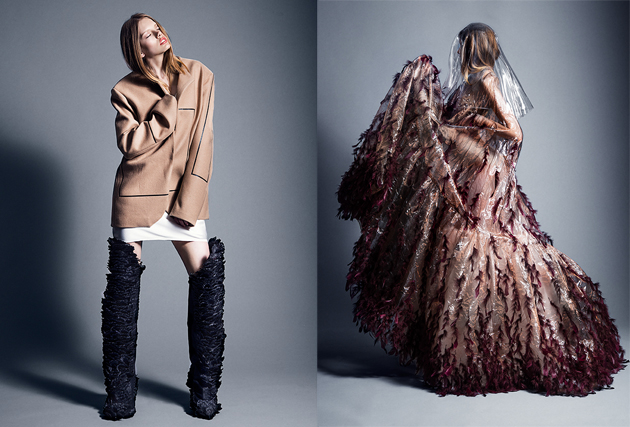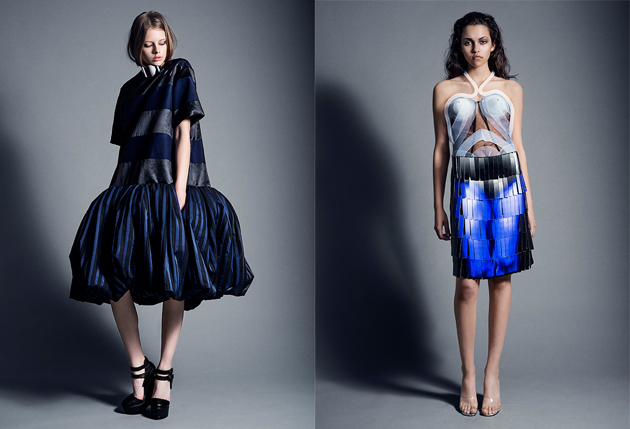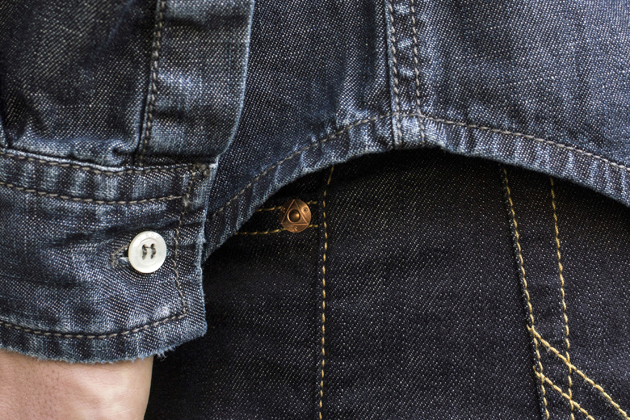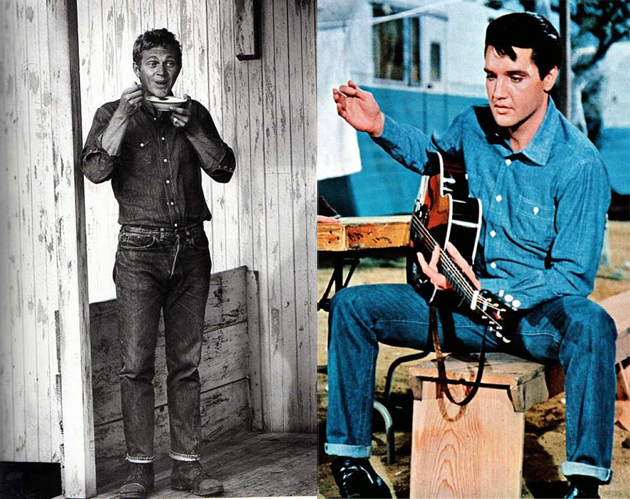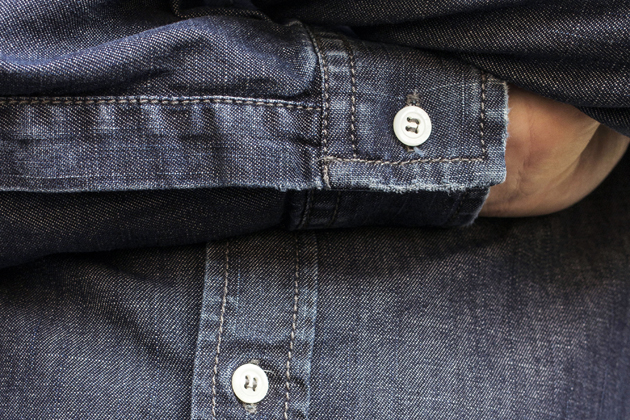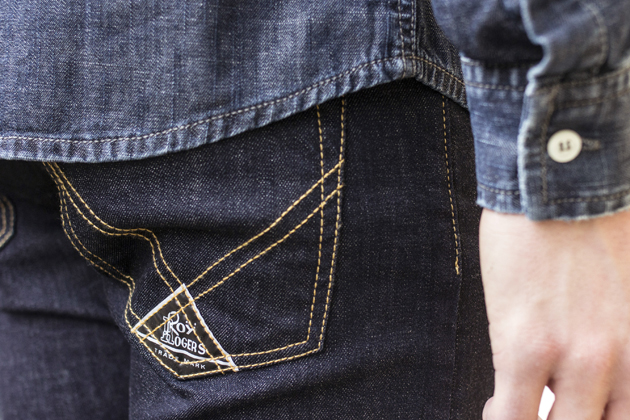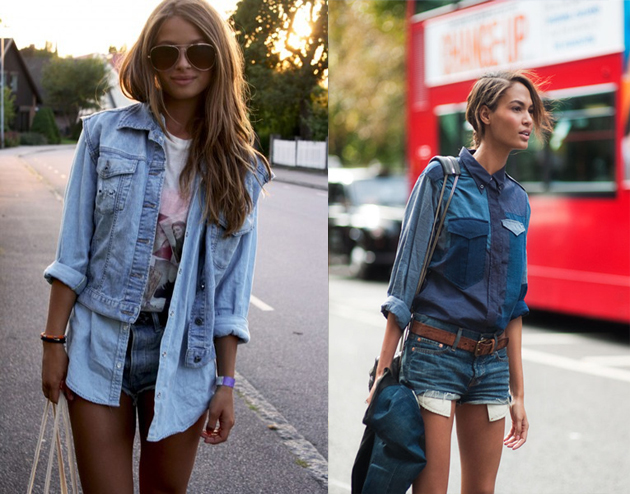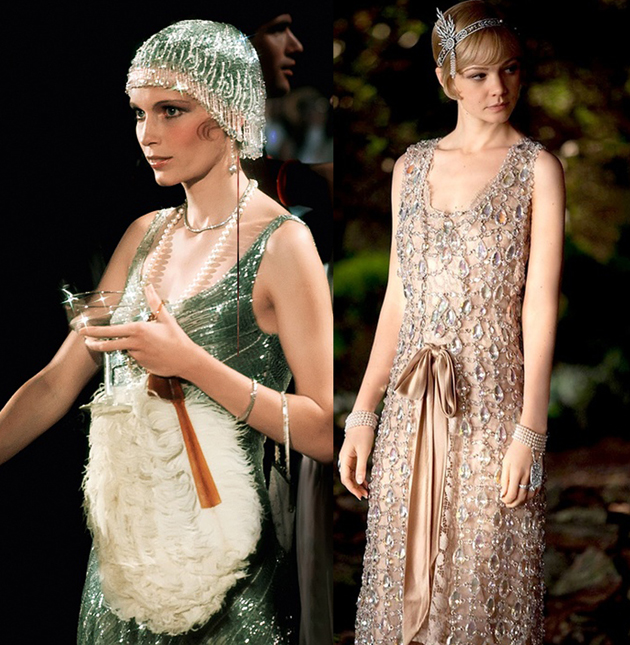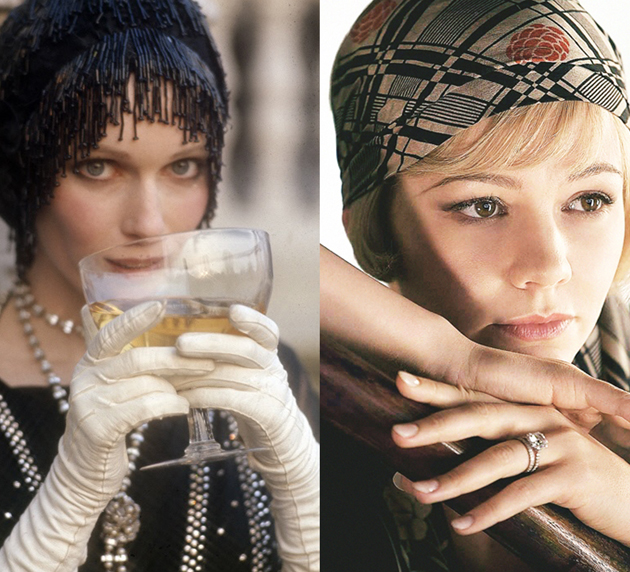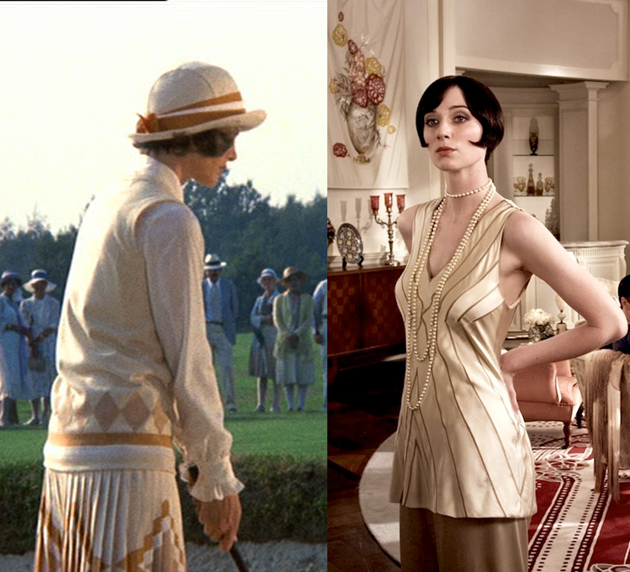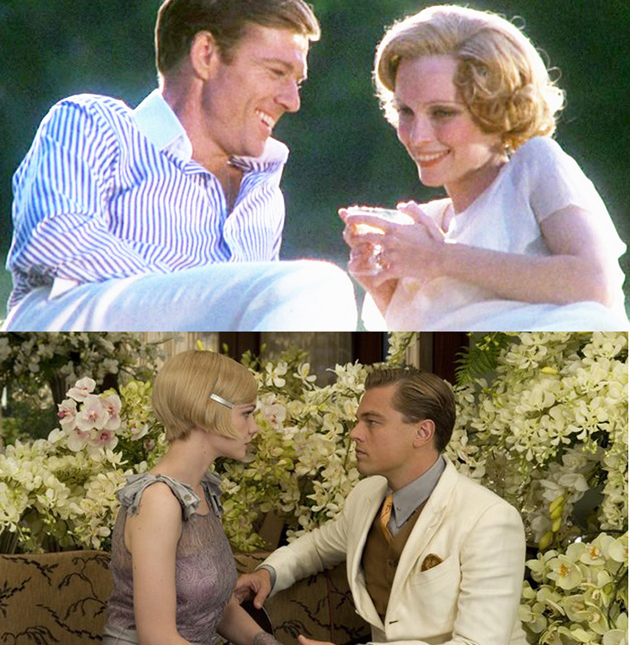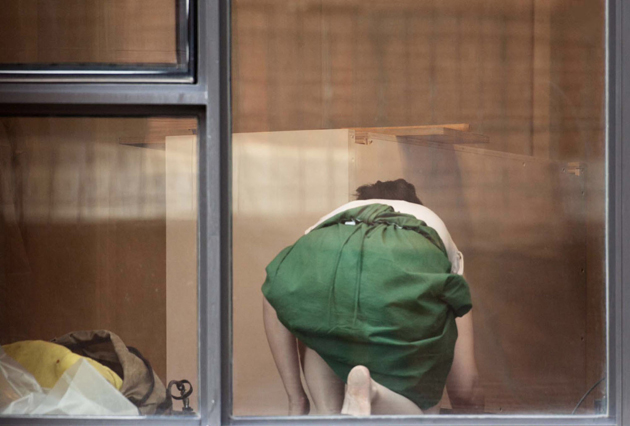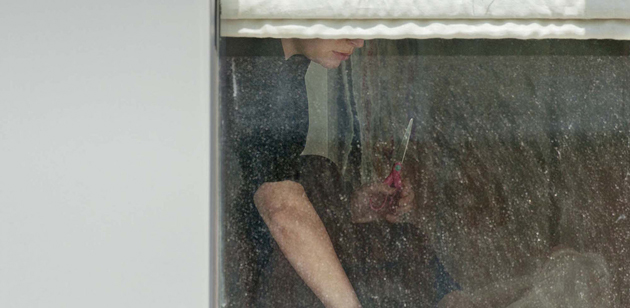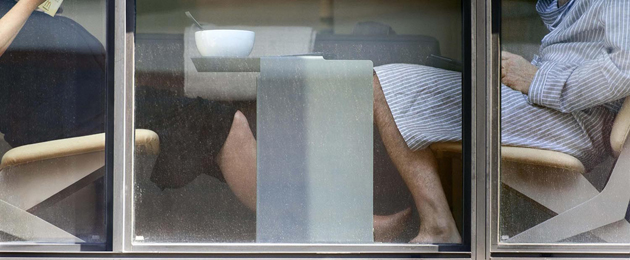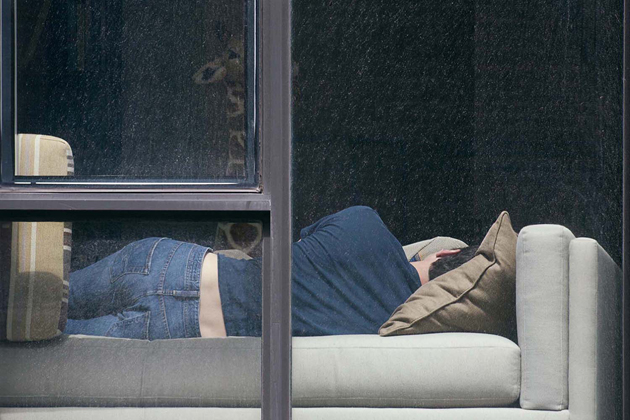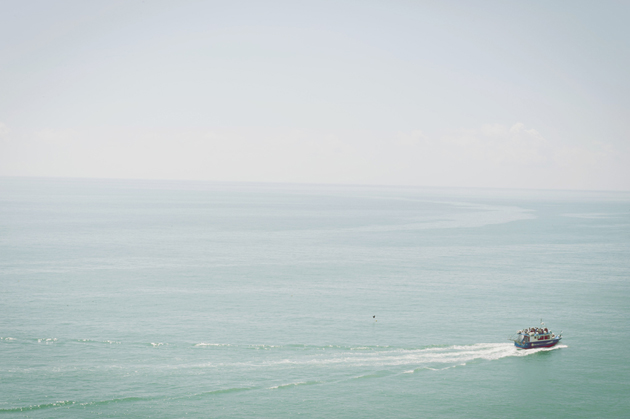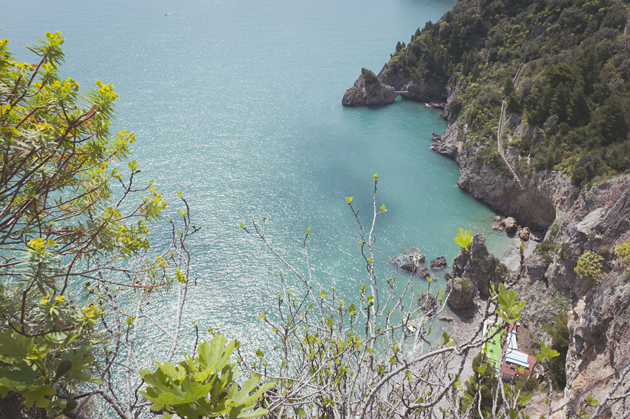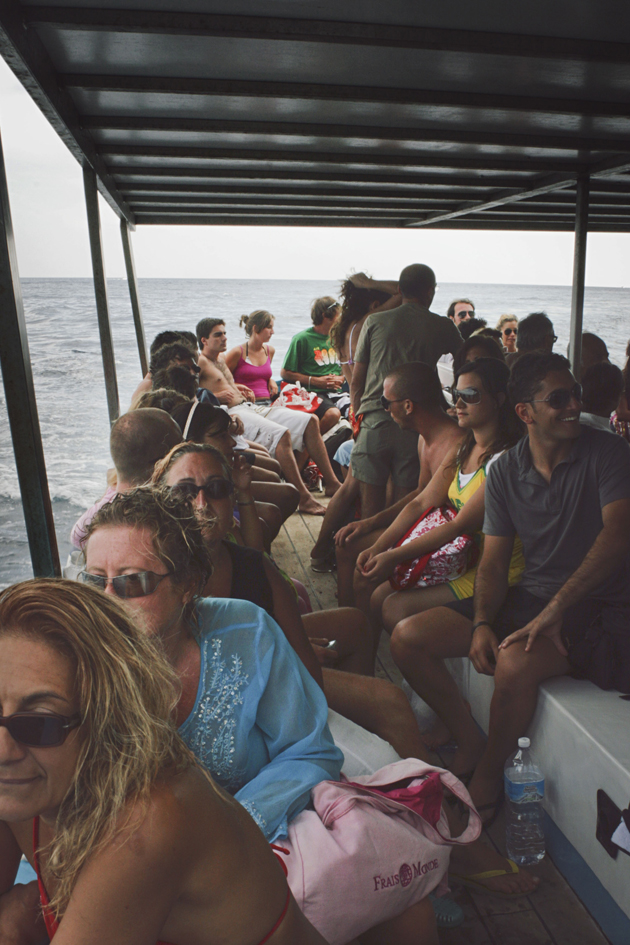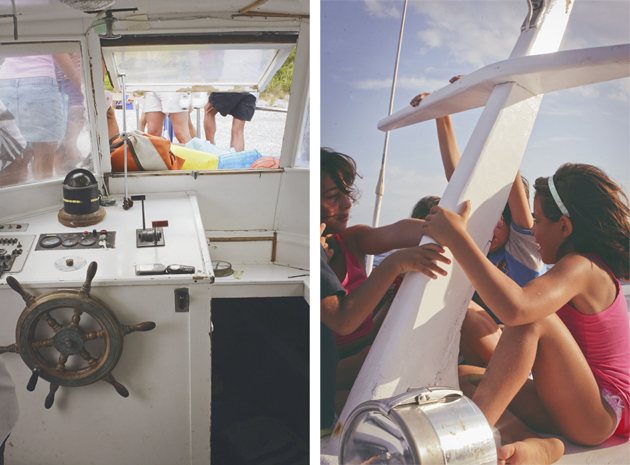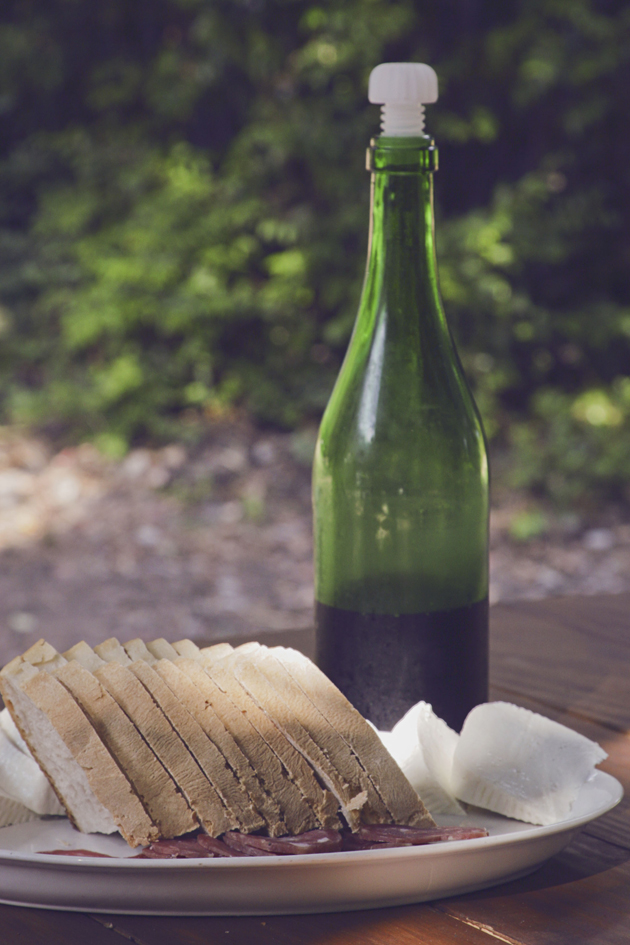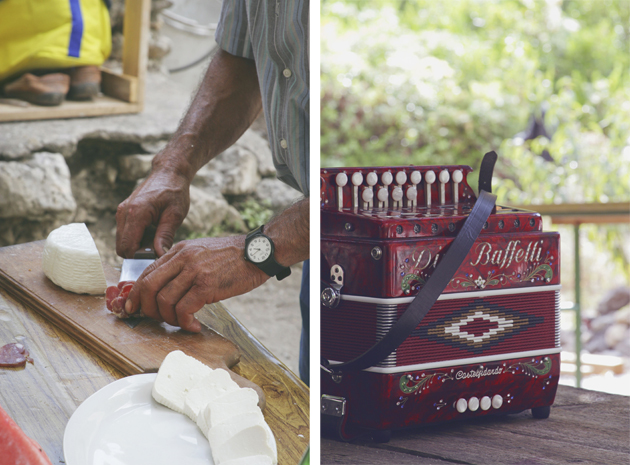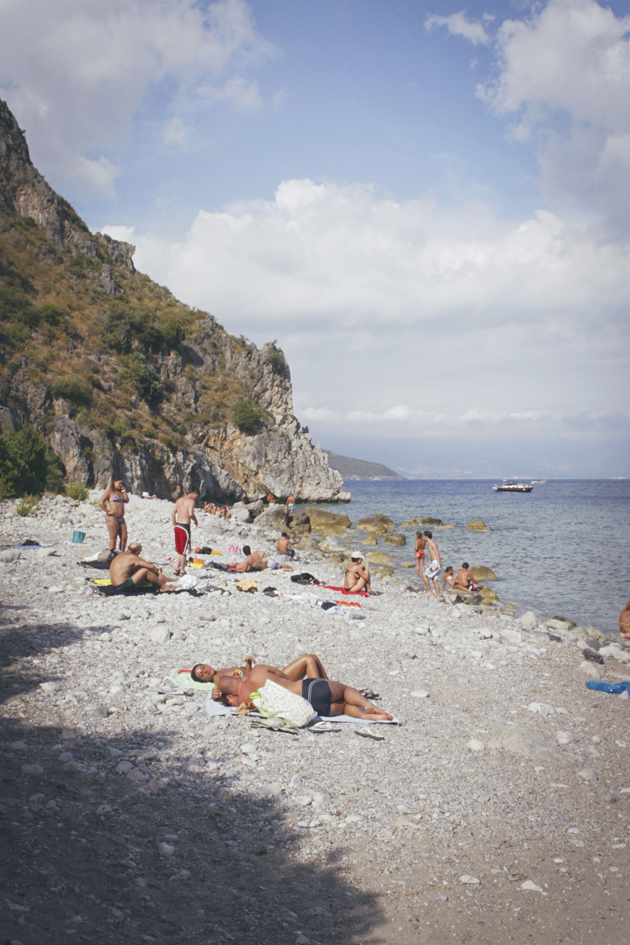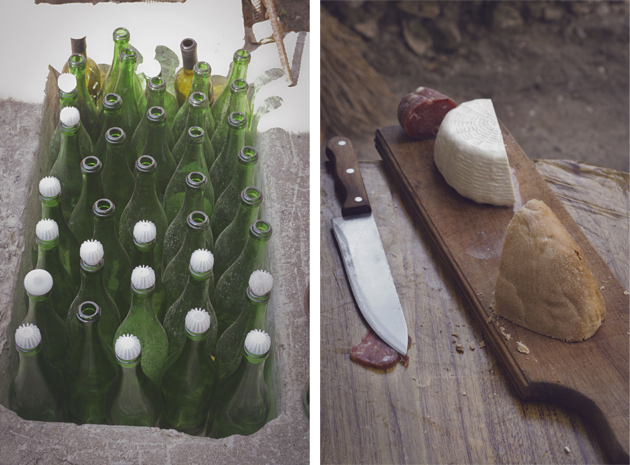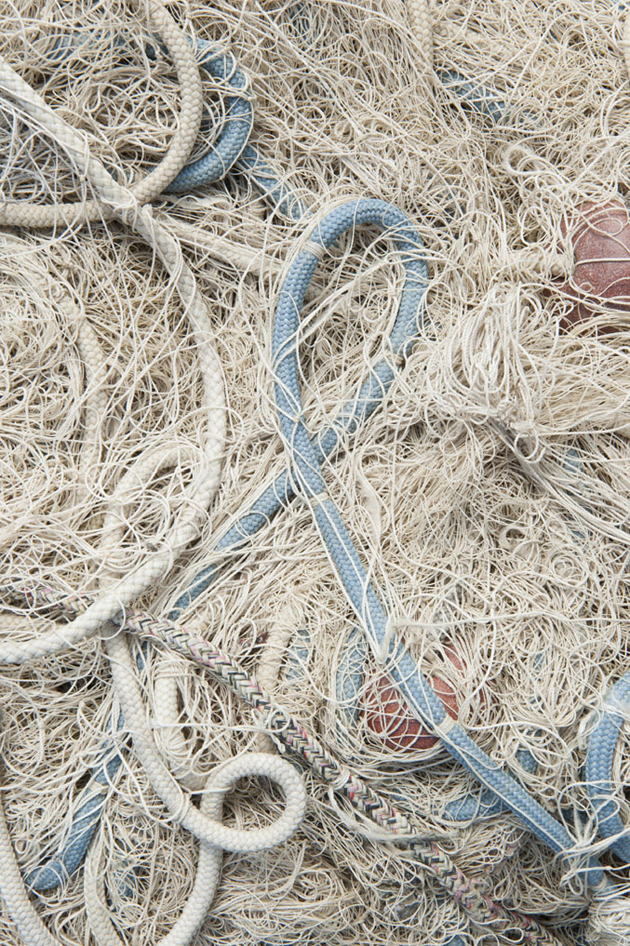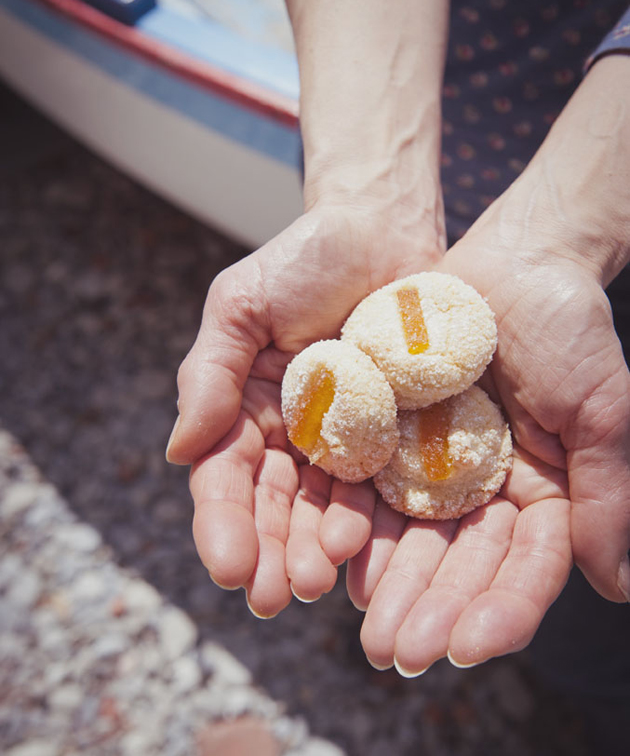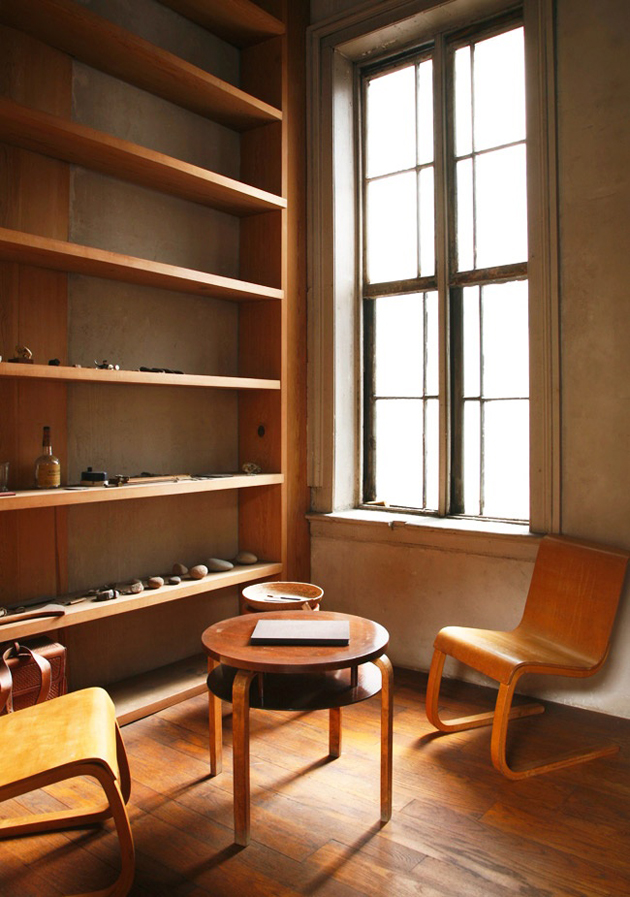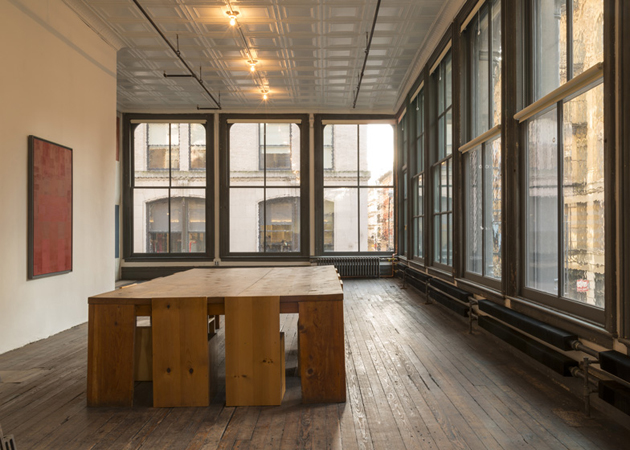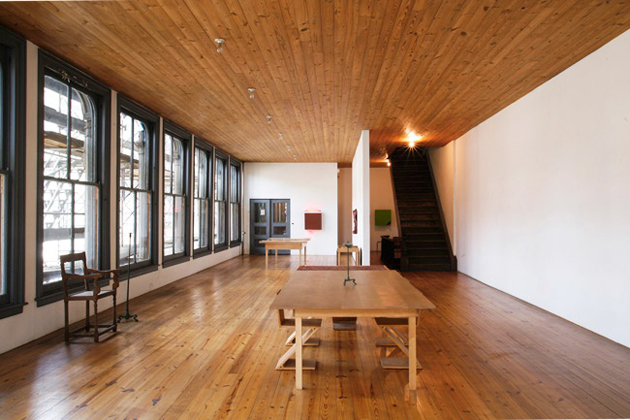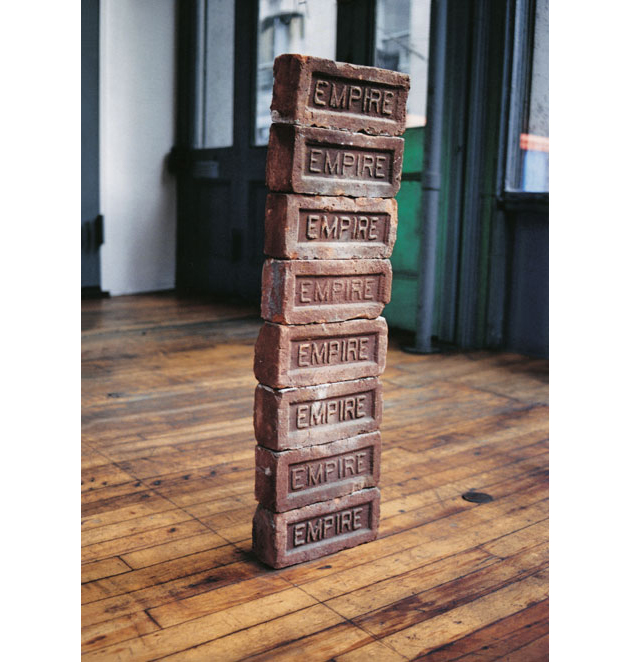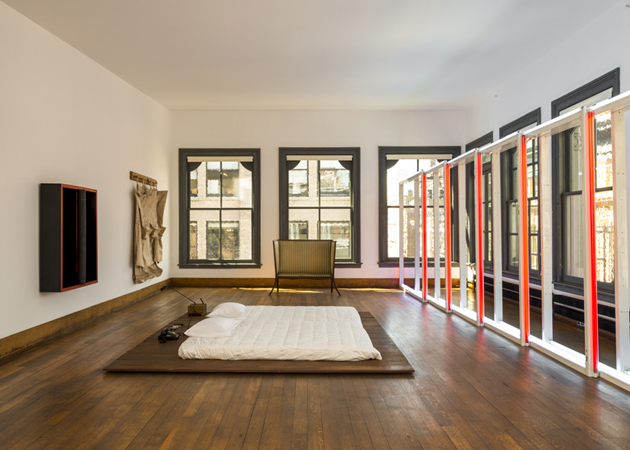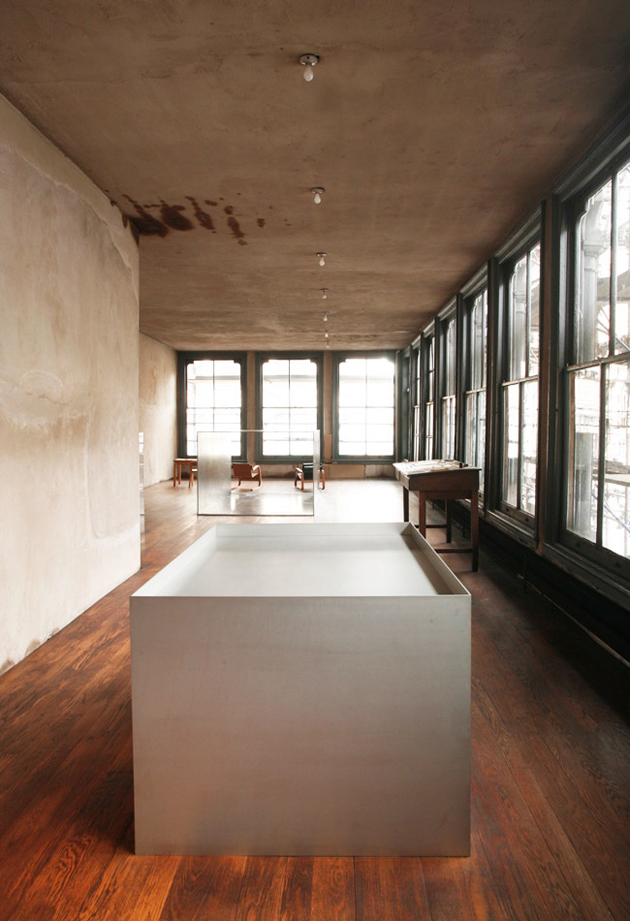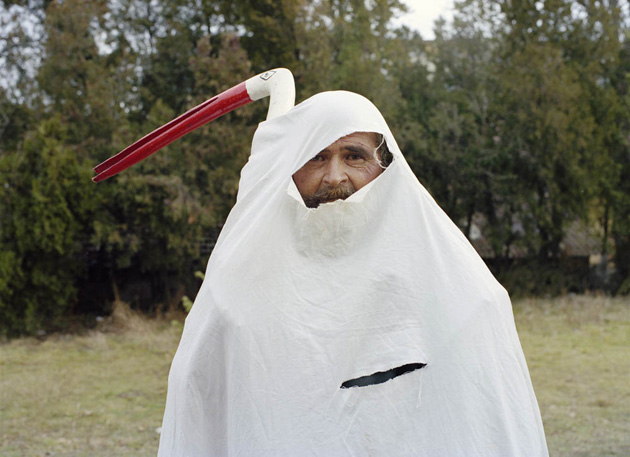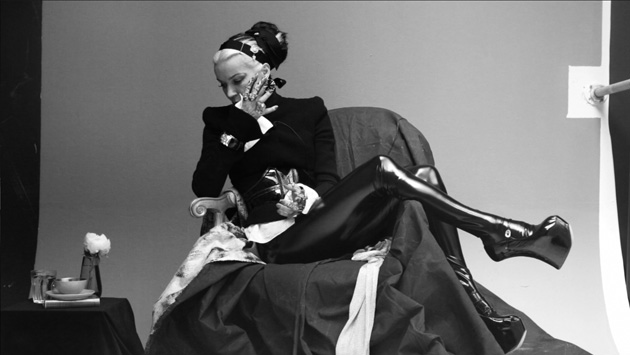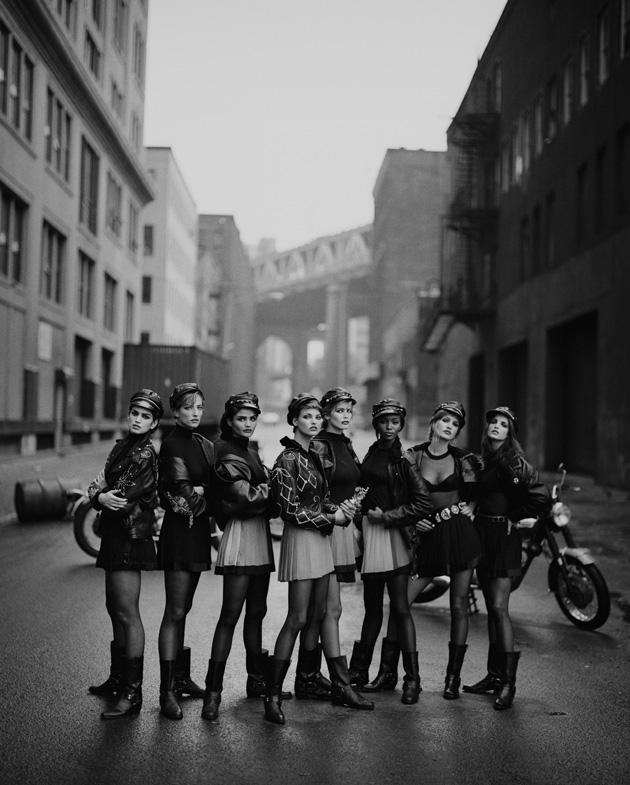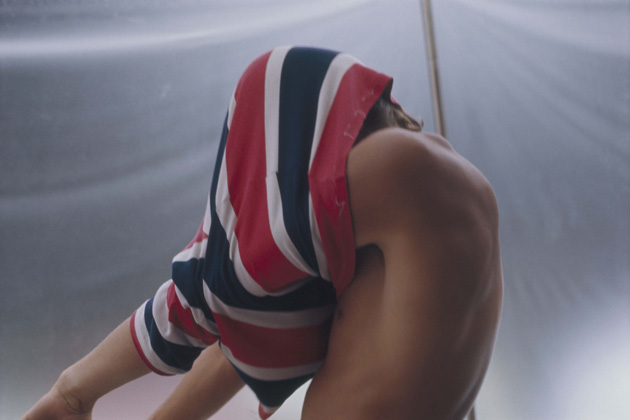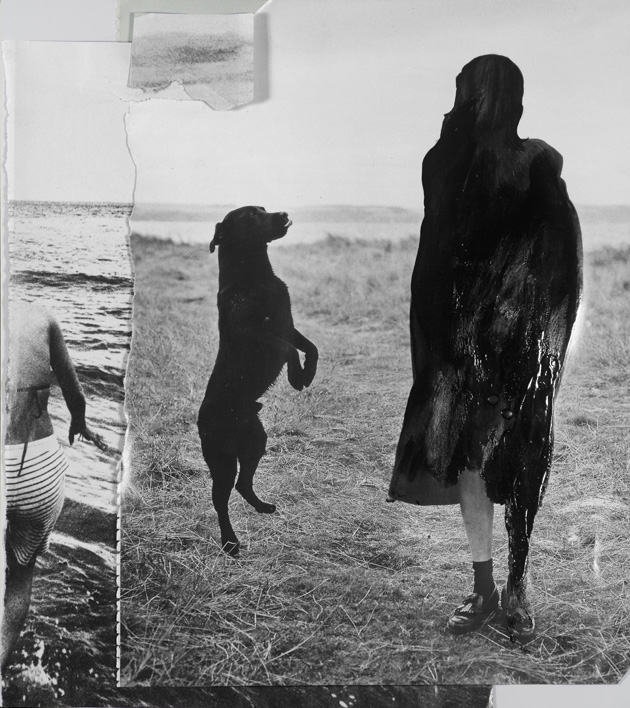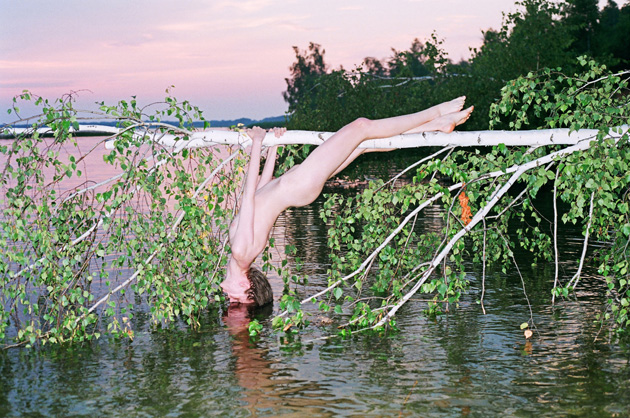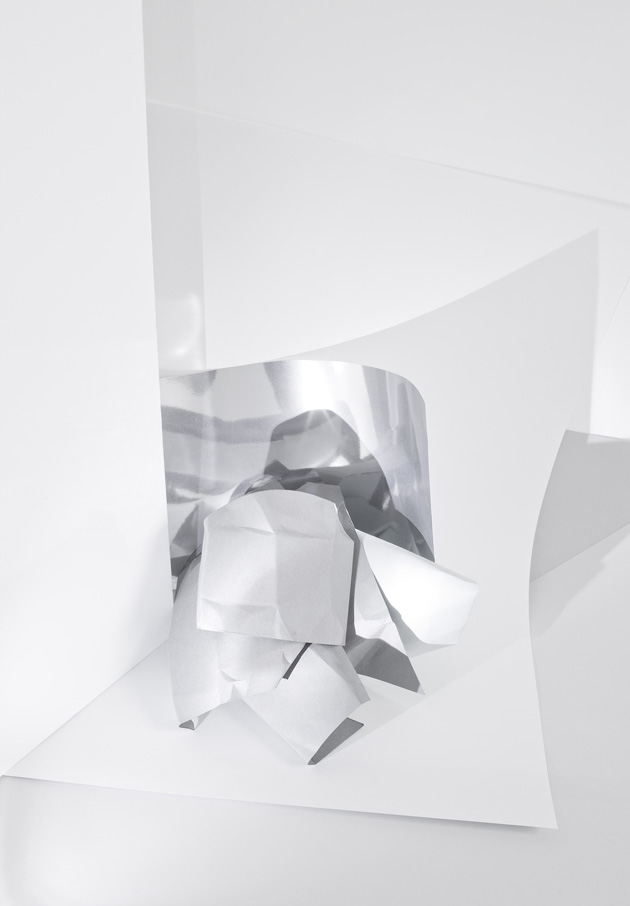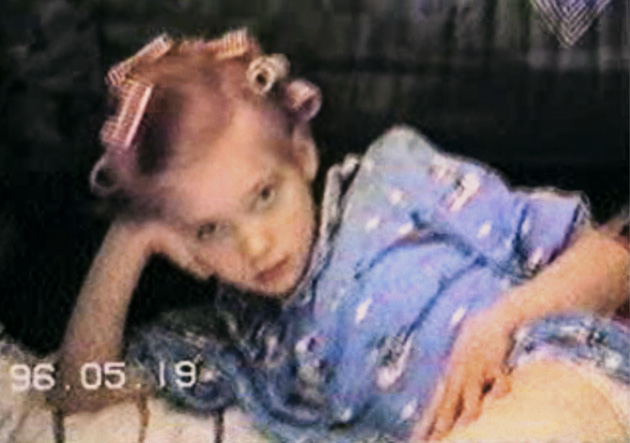There are some moments in everyone’s life in which words don’t count. In these moments you realize that explaining a concept out loud or writing it down don’t work; even trying, you notice soon that the names and adjectives coming out from your mouth can’t really describe what you have in your head. The photos shot in Athens during the last three years, published on world-wide media, can cause this effect. Increasing protests, ever increasing number of poor people and the syringes scattered on the streets of Exarchia – the rebellious district of the most important Greek University – leave you speechless. The tourist attraction beloved by millions of people has turned into a dangerous destination that’s more likely to be avoided. Athens is collapsing: photos of temples kissed by the sun, golden sunsets and beautiful shores are getting pulled next to ones of violent clashes between civilians and the army force, and the ones of junkies injecting themselves with battery liquids.
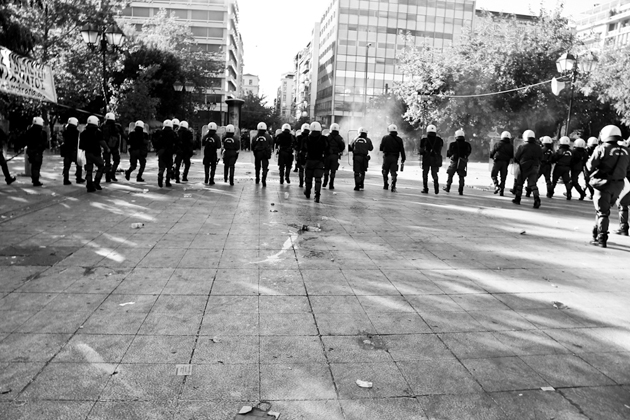
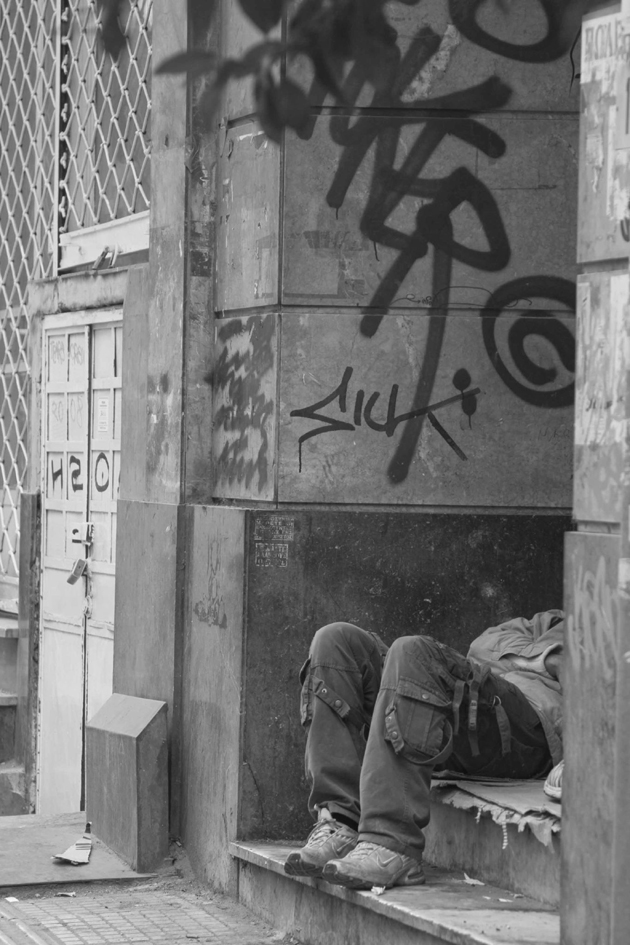
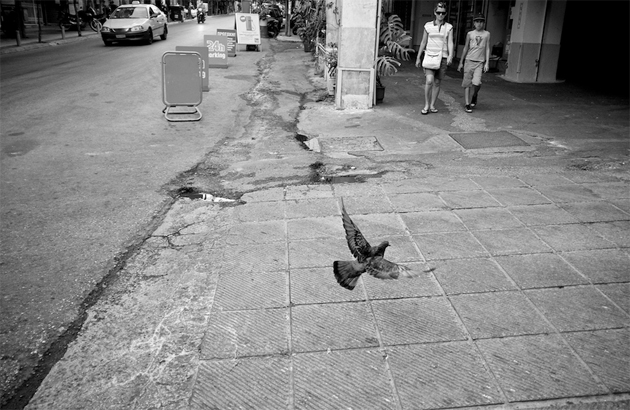
Also Rome is having hard times. The Capital is always going to remain one of the most fascinating cities in the world: Colosseum, St. Peter’s Church and Vatican Museums are there to prove this. It would be madness to advise against a vacation in Rome, even if it is more and more assuming the aspect of a dirty, tired and old city. There are shabby neighborhoods, such as Garbatella and Trastevere, and there are even real favelas in the heart of the city, next to Parioli, one of the most chicest zones. Even slightly more plentiful rain is sufficient to block the sewers and inundate the streets with leaves and sewage. But you won’t find, unlike what happens in Athens, much more increasing poverty or rebellions. The Roman – and the Italian in general – ruins are of an invisible kind, the result of decades of corrupted politics and inactivity of institutions. Rome is the emblem of a beautiful country that now appears without faith for a better future.
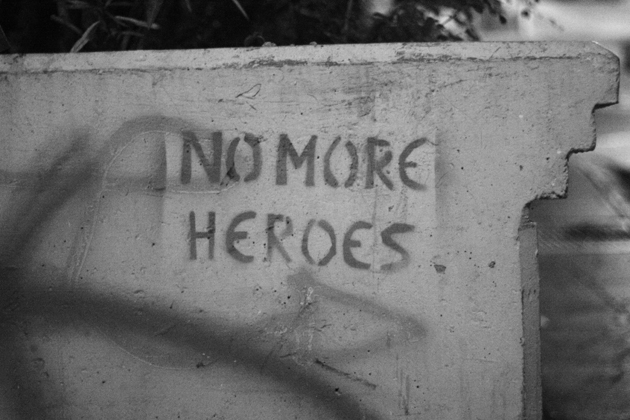
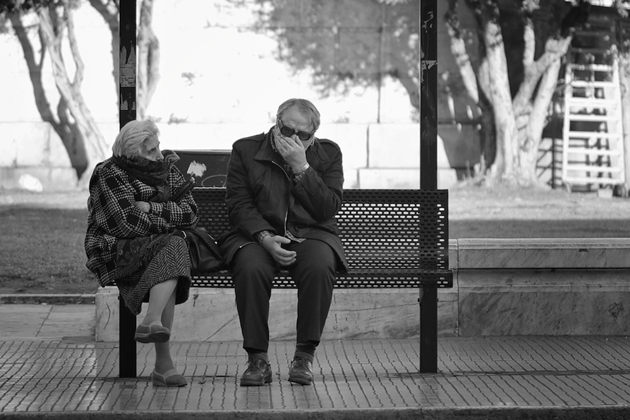
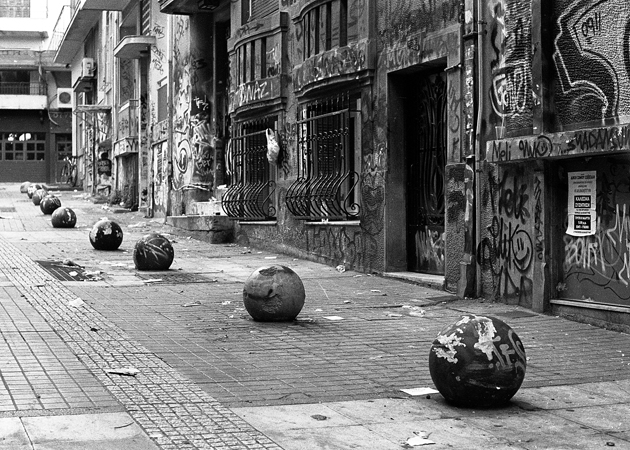
Who would have guessed that two cities of that size, history and potential would have ended up in this kind of situation? In 2011, according to a study published by Eurostat, Athens and Rome have been the very last in line of the European cities in investments in culture and education. As a sort of poetic justice, the two cities that were the cradle of Western culture find themselves no longer worthy of a new world that is evolving quickly. Their infrastructures are old and inefficient. Most of their inhabitants are afflicted and discouraged, especially after the crisis that affected the whole Europe since 2008, Italy and Greece in particular. And now, while the powerful watch incapable what happens on the streets, Rome and Athens slowly die. In the past, they fell and rose up again. Will they be able to do it again?
